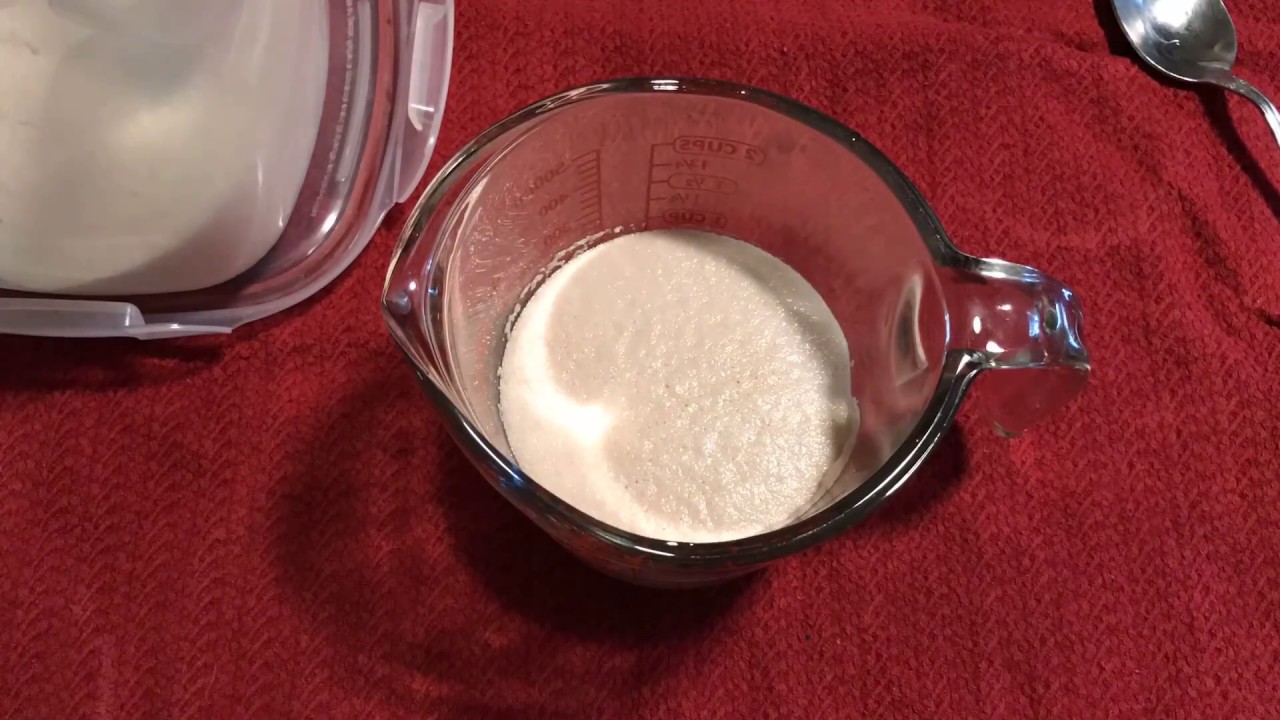Yeast Blooming

In the world of baking and fermentation, yeast is a microscopic powerhouse, playing a pivotal role in transforming doughs, batters, and liquids into delectable bread, pastries, and beverages. Yet, before yeast can work its magic, it must undergo a process known as blooming. This crucial step sets the stage for fermentation, unlocking a cascade of biochemical reactions that imbue our favorite foods and drinks with flavor, texture, and aroma. In this article, we delve into the science behind yeast blooming, exploring its significance and unraveling the mysteries that make it essential in culinary and brewing endeavors.
Table of Contents
ToggleUnderstanding Yeast: Nature’s Tiny Alchemists
At the heart of yeast blooming lies the remarkable organism known as yeast. Yeasts are single-celled fungi belonging to the taxonomic kingdom Fungi. The most commonly used yeast in baking and brewing is Saccharomyces cerevisiae, a species renowned for its ability to ferment sugars into carbon dioxide and ethanol, thereby leavening doughs and producing alcoholic beverages.
Yeast cells are tiny, typically ranging from 3 to 4 micrometers in diameter, invisible to the naked eye. Despite their minuscule size, these microorganisms possess an astonishing capacity for metabolic activity. They can metabolize various sugars, such as glucose and fructose, through the process of glycolysis, yielding energy in the form of adenosine triphosphate (ATP) and producing metabolic byproducts like carbon dioxide and ethanol.
The Blooming Process: Awakening the Yeast
Blooming, also referred to as proofing or activating, is the initial step in utilizing yeast in baking and brewing. This process involves hydrating the yeast cells and providing them with a suitable environment to kickstart their metabolic activities. While it may seem straightforward, blooming is a critical stage that significantly impacts the outcome of the final product.
To bloom yeast, one typically mixes it with warm water and sometimes a source of sugar. The warm water serves multiple purposes: it hydrates the dried yeast, reactivating its dormant state, and it provides an ideal temperature range for enzymatic activity, typically between 100°F to 110°F (37°C to 43°C). The addition of sugar, such as maltose or sucrose, serves as a food source for the yeast, jumpstarting its metabolic processes.
As the yeast cells hydrate and absorb water, they undergo structural changes, activating various enzymes responsible for catalyzing biochemical reactions. One of the key enzymes activated during blooming is invertase, which hydrolyzes sucrose into glucose and fructose, providing the yeast with readily available sugars for fermentation.
The Role of Temperature and Time
Temperature plays a crucial role in yeast blooming, as it directly influences the rate of enzymatic reactions and microbial growth. Optimal blooming temperatures typically range from 100°F to 110°F (37°C to 43°C), as temperatures above this range can denature enzymes and kill yeast cells, while temperatures below may slow down metabolic activity.
Moreover, the duration of blooming is also significant. While yeast can start to show signs of activity within minutes of blooming, allowing it to rest for a longer period can enhance flavor development and improve dough texture. This extended resting period, known as autolysis, enables yeast cells to release intracellular enzymes and compounds, contributing to the overall complexity of the final product.
Signs of Yeast Activation
During blooming, yeast undergoes visible changes that indicate its activation and readiness for fermentation. One of the most apparent signs is the formation of foam or bubbles on the surface of the blooming mixture. These bubbles result from the production of carbon dioxide gas as yeast cells ferment sugars, creating air pockets in the liquid.
Additionally, a sweet, yeasty aroma may emanate from the blooming mixture, signaling the release of volatile compounds produced during yeast metabolism. These aromatic compounds, such as esters and alcohols, contribute to the sensory profile of baked goods and fermented beverages, imbuing them with characteristic flavors and aromas.
Applications of Bloomed Yeast
Once yeast has bloomed successfully, it is ready to be incorporated into various recipes for baking and brewing. In baking, bloomed yeast serves as a leavening agent, causing doughs to rise as carbon dioxide gas produced during fermentation gets trapped within the gluten matrix. This results in light, airy textures in bread, cakes, and pastries.
In brewing, bloomed yeast plays a central role in the production of beer, wine, and other fermented beverages. After blooming, yeast is added to a wort or must, where it ferments sugars into alcohol and carbon dioxide, transforming the liquid into alcoholic beverages with a diverse range of flavors and alcohol content.
Conclusion
In the realm of baking and fermentation, yeast blooming serves as a fundamental step in harnessing the transformative power of yeast. By providing yeast cells with the optimal conditions for activation and growth, blooming initiates a cascade of biochemical reactions that give rise to flavorful bread, pastries, and beverages.
Understanding the science behind yeast blooming empowers bakers, brewers, and culinary enthusiasts to unlock the full potential of this remarkable microorganism, unleashing a world of gastronomic delights limited only by imagination. So, the next time you embark on a baking or brewing adventure, remember the tiny alchemists at work in your kitchen, quietly blooming and transforming ordinary ingredients into extraordinary creations.





